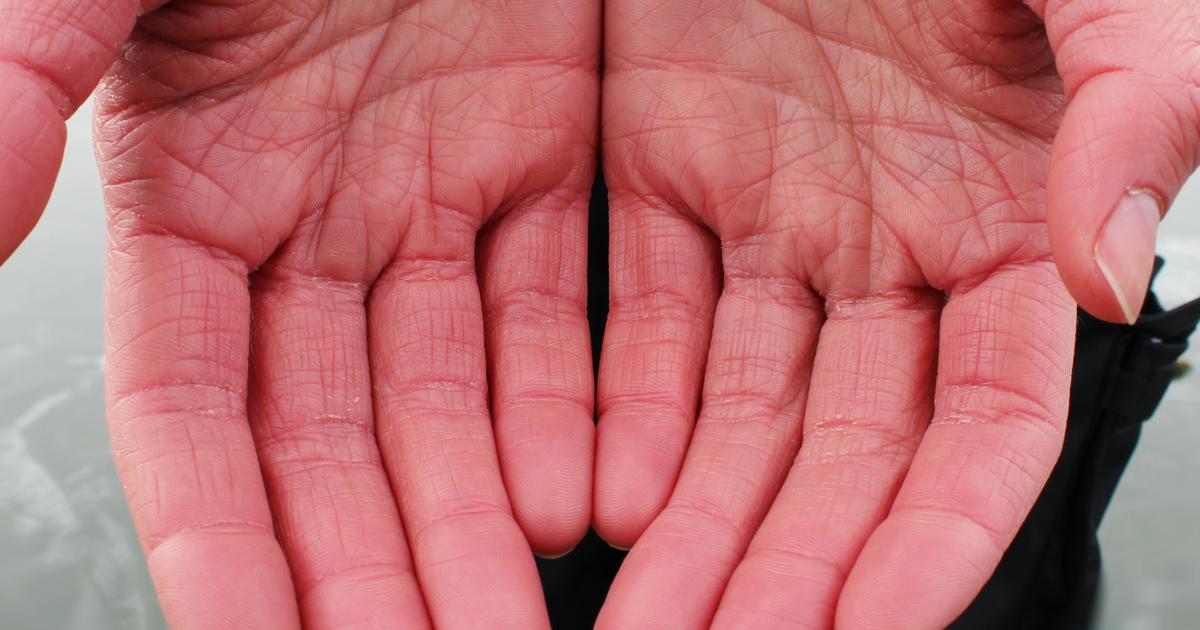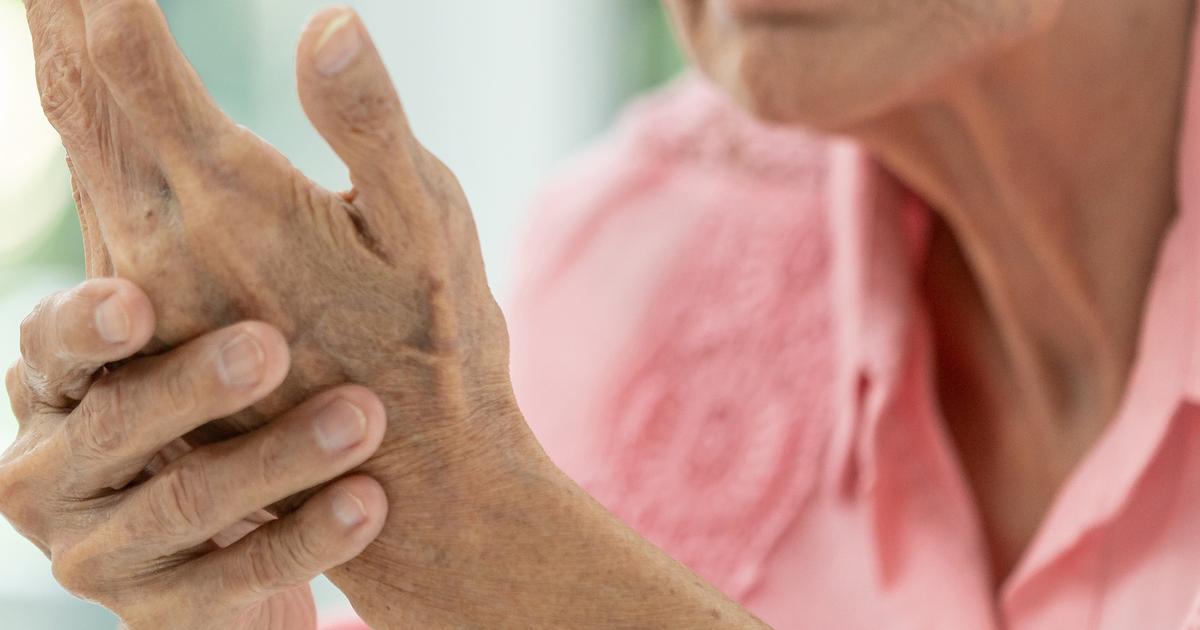Serious Causes Linked To Poor Circulation
Peripheral Arterial Disease
Peripheral arterial disease occurs when arteries narrow and reduce blood flow to the lower limbs. Symptoms include leg pain while walking, leg cramps, shiny skin on the lower leg or foot, and a change in the color of the leg or foot. Patients might notice their legs or feet feel cold, and they could have a weak or absent pulse in their legs or feet. Peripheral arterial disease may be a sign of atherosclerosis, an abnormal accumulation of fatty deposits in the arteries that can reduce circulation to the heart and brain. To test for peripheral arterial disease, doctors will check for weak or absent pulses in several areas of the body, and they will also use a stethoscope to listen for abnormal sounds in certain arteries. Blood pressure measurements may be taken in both the arms and the ankles, and ultrasounds or angiograms might be needed. Treatment for peripheral arterial disease may include medications to lower blood pressure, blood glucose, and cholesterol, and patients might be prescribed a supervised program of exercise. Surgical interventions may be beneficial for some patients with this condition.
Learn more about causes associated with poor circulation now.
Raynaud's Disease

Raynaud's disease reduces circulation in the hands and feet, and the syndrome is most common in women and in those who live in cold climates. Patients with Raynaud's disease usually experience color changes in their hands and feet in response to cold or stress, and they may also have numbness and tingling. These symptoms normally come in episodes that may last for several minutes. After the patient has warmed up or resolved a stressful situation, it can take roughly fifteen minutes for normal circulation to return. To diagnose Raynaud's disease, doctors may examine the patient's nails under a magnifying glass to check for deformities in the capillaries. Blood tests could be needed to determine whether the patient's symptoms are caused by an underlying autoimmune disease or not. To treat this syndrome, doctors may prescribe vasodilators and calcium channel blockers, and some patients find exercise, stress management, and avoidance of rapidly changing temperatures all help improve their symptoms.
Get more details about what can result in poor circulation now.
